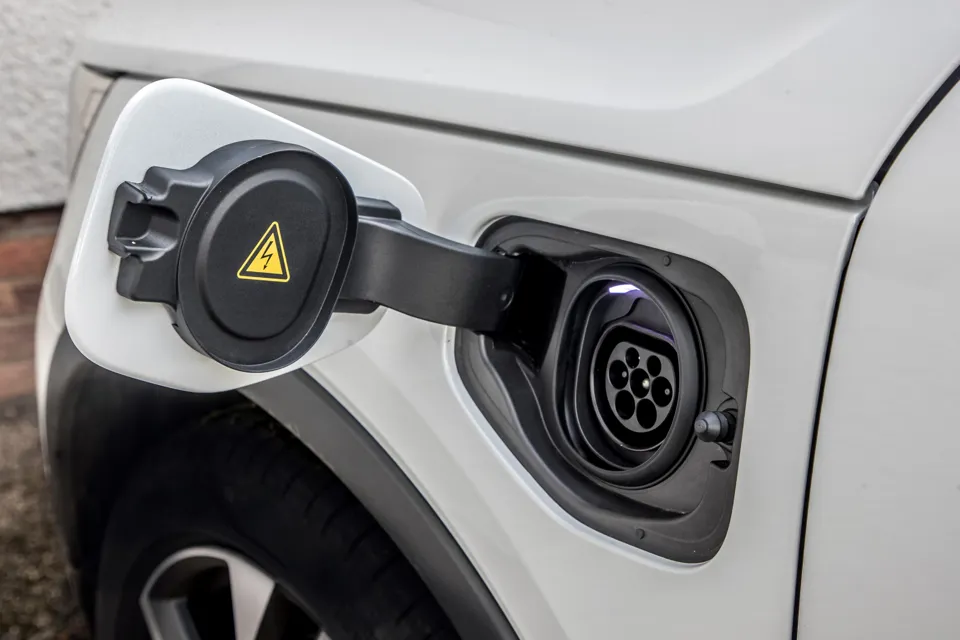Home electric vehicle (EV) charging costs have risen by 4p per kWh since the end of last summer to an average of 30p per kWh, new real-world data suggests.
However, the figures, from Mina’s EV Report, show that EV drivers using the public charge point network saw an average price rise of 14p to 70p per kWh over the same period.
Mina’s data across more than 60,000 charging events showed the average price of home electricity for EVs stayed level during September at 26p, then rose to 30p in October, and 31p in November.
“The claims that the cost of running an EV is now matching, or costs more, than petrol and diesel, is just not accurate when you look at how people really charge,” said Mina CEO Ashley Tate.
“Our data shows that home is by far the main source of electricity for most drivers, with 92% of all charging undertaken there.
“Home charging is still incredibly good value, and our data shows that there is scope for more savings because the 30p per kWh average suggests not enough drivers are accessing the much lower EV-specific or off-peak tariffs available.”
It means that a 70 kWh capacity EV being charged fully at home in September would have cost, on average, £18.20. By late November it would have been £21.70. Assuming a 250-mile range, that’s an average increase of 1.4p per mile.
When the increasing efficiency of new electric cars is factored in, Mina has found that the average real-life pence per mile cost across all journeys only went up 2p per mile during those three months.
Mina's analysis comes after three EV charge point operators (CPOs) raised the cost of charging at peak times, due to high wholesale electricity costs.
GeniePoint, Ubitricity and Char.gy have all joined Tesla in deploying dynamic pricing across their public networks, offering drivers lower rates for charging at off-peak hours, and higher prices during times of peak demand.
Tate continued: “Even with the on-set of winter affecting battery efficiency and the electricity price rises, the increasing number of new, more efficient cars and drivers getting smarter about how they use and charge them has seen real-life, on-the-road costs rise only marginally.”
One issue that still hits drivers though is the advisory electricity rate for business mileage reimbursement.
Mina’s analysis found that despite the rise to 8p per mile in the autumn, 80% of all journeys charged at home (and 100% of public charging) still cost more, meaning business drivers would be out of pocket using today’s rate.
When compared to the previous 5ppm AER figure, 96% of charges at home and 100% in public were over this rate.
Mina’s data also allows it to see behavioural trends, and in the vast majority of cases public charging is being used as a top up rather than for a full charge.
In that sector, prices have risen far quicker because unlike home electricity, which is capped, public charging energy is not so providers have no choice but to pass it on.
They have also been hit by increased business rates and all the other inflationary issues that companies face: rising maintenance costs, wages and interest rates. Added to which is that through the autumn and winter there is usually less cheap renewable energy available.
“Yes, there is a need for public charging, and costs have risen in that sector, but when you look at real- life examples rather than making theoretical assumptions, the vast majority of EV drivers aren’t doing full charges in public, which mitigates against the price rises,” said Tate.
“Our first report illustrated that at Mina we have the definitive view of what’s really going on with EVs on our roads, and this second issue builds an even more vivid, complete picture that will probably surprise a few people,” said Tate.
To download a copy of Mina’s Autumn Report, click here.
> Interested in comparing electric vehicle data? Check out our EV tool.
> Interested in ensuring the efficient use of EVs. Check out our dedicated editorial sections: Insight & policy | EV news | Charging & infrastructure | Costs & incentives | Benefit-in-kind | EV case studies | EV road tests























The Engineer - 22/01/2023 17:09
Low BIK for sure, but I suspect not for much longer. Losing money on AFR every business trip, very expensive vehicle costs compared to ICE versions of comparable size and ability so often requiring substantial driver contributions to top up lease making a big dent into BIK savings. I really worry too much has been put onto EV's instead of developing the far more flexible hydrogen solution. Hydrogen has the advantage of being able to store vast amounts of fuel in simple low cost tank storage facilities so can be produced from renewable energy when its at its peak. Storing electrical energy is a nightmare and going to be impossibly expensive.